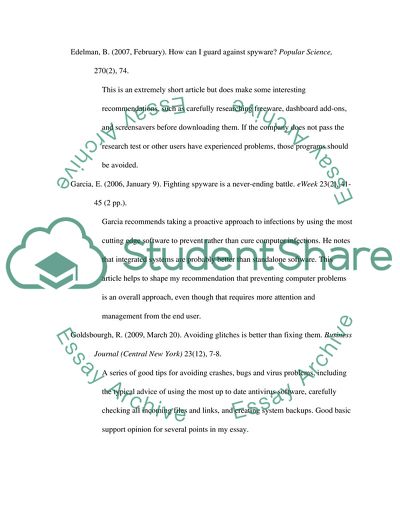Cite this document
(“Annotated Bibliography for Preventive Computer Medicine”, n.d.)
Retrieved from https://studentshare.org/information-technology/1557735-assignment-4-part-2
Retrieved from https://studentshare.org/information-technology/1557735-assignment-4-part-2
(Annotated Bibliography for Preventive Computer Medicine)
https://studentshare.org/information-technology/1557735-assignment-4-part-2.
https://studentshare.org/information-technology/1557735-assignment-4-part-2.
“Annotated Bibliography for Preventive Computer Medicine”, n.d. https://studentshare.org/information-technology/1557735-assignment-4-part-2.


